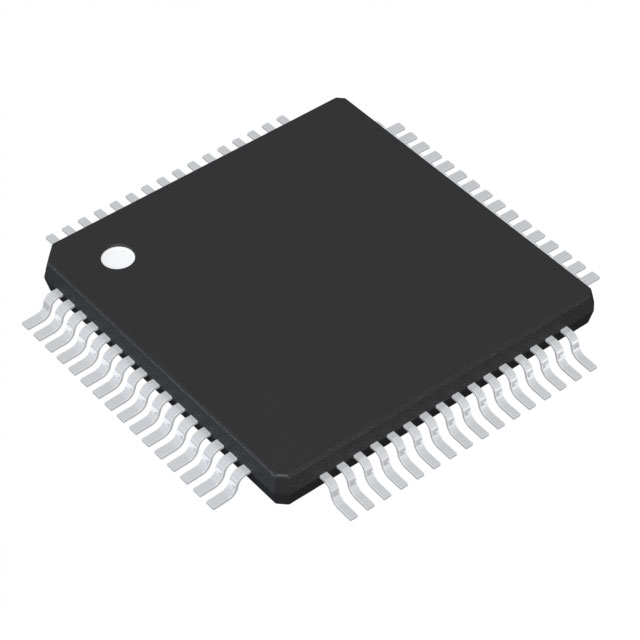SN74V245-7PAG
Manufacturer No:
SN74V245-7PAG
Manufacturer:
Description:
IC FIFO SYNC 4KX18 5NS 64TQFP
Datasheet:
Delivery:





Payment:




In Stock : 776
Please send RFQ , we will respond immediately.









SN74V245-7PAG Specifications
-
TypeParameter
-
Supplier Device Package64-TQFP (10x10)
-
Package / Case64-TQFP
-
Mounting TypeSurface Mount
-
Operating Temperature0°C ~ 70°C
-
FWFT SupportYes
-
Retransmit CapabilityNo
-
Programmable Flags SupportYes
-
Expansion TypeDepth, Width
-
Bus DirectionalUni-Directional
-
Current - Supply (Max)35mA
-
Voltage - Supply3 V ~ 3.6 V
-
Access Time5ns
-
Data Rate133MHz
-
FunctionSynchronous
-
Memory Size72K (4K x 18)
-
DigiKey ProgrammableNot Verified
-
PackagingTray
-
PackagingBulk
-
Product StatusActive
-
Series74V
The SN74V245-7PAG is a specific model of integrated circuit chip, which is a bidirectional octal bus transceiver with 3-state outputs. Here are some advantages and application scenarios of this chip:Advantages: 1. Bidirectional communication: The chip allows data transmission in both directions, making it suitable for applications where data needs to be transferred between two systems or devices. 2. High-speed operation: The SN74V245-7PAG supports high-speed data transfer, making it suitable for applications that require fast communication. 3. 3-state outputs: The chip has 3-state outputs, which means it can be set to high impedance state, allowing multiple devices to share the same bus without interfering with each other. 4. Wide voltage range: The chip operates within a wide voltage range, making it compatible with various systems and devices.Application scenarios: 1. Data communication: The SN74V245-7PAG can be used in applications where data needs to be transferred between different systems or devices, such as in computer systems, networking equipment, or communication devices. 2. Bus interface: The chip can be used as a bus transceiver, allowing multiple devices to communicate over a shared bus. It is commonly used in systems that require bidirectional data transfer, such as in industrial automation, automotive electronics, or embedded systems. 3. Level shifting: The chip can be used to interface between systems or devices operating at different voltage levels. It can convert the voltage levels of signals, enabling communication between devices with different voltage requirements. 4. Buffering and isolation: The 3-state outputs of the chip can be used to buffer and isolate signals, preventing interference between different parts of a system or between multiple systems.It's important to note that the specific advantages and application scenarios may vary depending on the requirements and specifications of the overall system or device in which the chip is used.
SN74V245-7PAG Relevant information
-
72V3613L12PFG
Renesas Electronics America Inc -
723641L20PFGI
Renesas Electronics America Inc -
72131L35P
Renesas Electronics America Inc -
72V3642L15PFGI8
Renesas Electronics America Inc -
72V3642L15PFGI
Renesas Electronics America Inc -
723641L20PFGI8
Renesas Electronics America Inc -
CD40105BKMSR
Renesas Electronics America Inc -
CD40105BHSR
Renesas Electronics America Inc -
CD40105BDMSR
Renesas Electronics America Inc -
CD40105BF3A
Texas Instruments







